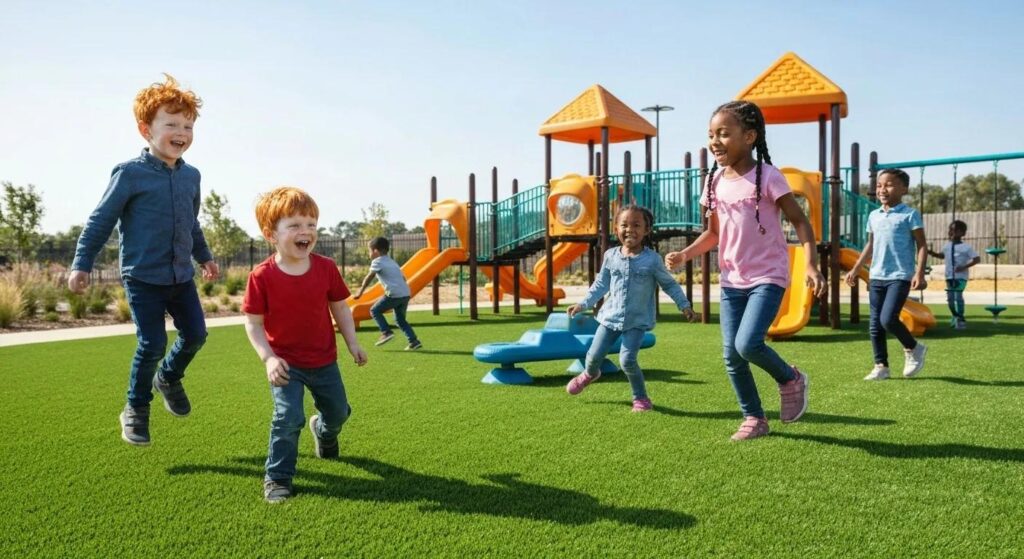Artificial turf has become a centerpiece in modern urban design, and its role in community park renovation plans is making headlines. Cities and towns are increasingly focusing on creating sustainable, low-maintenance, and visually appealing public spaces, and artificial turf offers a practical solution. Unlike traditional grass, it maintains its vibrant appearance year-round, reducing the need for constant watering, mowing, and chemical treatments. This shift allows local governments to conserve resources while providing residents with clean and safe recreational areas. Community parks are being reimagined with artificial turf as playgrounds, sports fields, and gathering areas are transformed into more resilient spaces that can withstand heavy use. The inclusion of artificial turf represents both innovation and commitment to long-term environmental goals.
Enhancing Recreational Areas
Artificial turf is being used to upgrade recreational spaces, offering residents reliable grounds for sports, play, and social gatherings. Natural grass often struggles under constant activity, leading to worn patches, uneven surfaces, and higher maintenance demands. Artificial turf, however, remains consistently green and durable, ensuring that park visitors can enjoy safe and visually appealing surroundings. Its installation allows communities to maximize park usage without the concern of rapid deterioration. With artificial turf, recreational areas maintain their function and appearance year-round, improving user experience while minimizing costs for municipalities and local organizations responsible for upkeep.

Lowering Maintenance Demands
Community parks require significant upkeep when natural grass is involved, from mowing to watering and fertilization. Artificial turf reduces these burdens by eliminating the need for frequent maintenance tasks. Parks featuring artificial turf benefit from lower operational costs, freeing resources for other community enhancements. Maintenance crews can focus on improvements such as lighting, pathways, or seating instead of endless grass care. This shift not only saves time and money but also supports sustainability by cutting down water consumption and chemical use, making artificial turf an environmentally responsible choice for modern community park renovations.
Reduced Watering Needs
Artificial turf removes the need for constant watering, helping parks conserve valuable resources. This shift lowers costs, supports environmental goals, and ensures green spaces stay vibrant even during drought conditions.
Elimination of Fertilizers
Unlike natural grass, artificial turf does not require chemical fertilizers. Parks benefit from reduced environmental impact, improved soil preservation, and minimized exposure to harmful runoff, protecting nearby ecosystems and water sources.
Less Mowing Required
Artificial turf eliminates the constant cycle of mowing needed for grass. This saves labor, reduces fuel use, and allows crews to redirect efforts toward other park improvements and services.
Lower Long-Term Costs
While installation costs can be higher initially, artificial turf lowers long-term expenses. Reduced maintenance, water savings, and extended durability make it a practical investment for sustainable park renovations.
Focus on Park Enhancements
With reduced upkeep demands, staff can prioritize adding features such as benches, lighting, walking trails, and playgrounds. Artificial turf frees resources that enhance the community’s overall park experience.
Supporting Sustainable Planning
Artificial turf contributes to sustainable urban development by conserving water and reducing reliance on fertilizers and pesticides. Parks renovated with artificial turf provide green spaces that align with environmental goals while remaining functional for daily use. In regions facing drought or water restrictions, artificial turf becomes a practical choice that balances community needs with ecological responsibility. Its long-lasting design ensures fewer resources are needed over time, supporting long-term planning. As part of renovation projects, artificial turf represents a forward-looking investment in sustainability that benefits both residents and future generations.
Increasing Accessibility in Parks
Artificial turf improves accessibility by creating even, stable surfaces that accommodate all visitors, including children, seniors, and individuals with mobility challenges. Natural grass can become uneven or muddy after rain, limiting usability and creating hazards. In contrast, artificial turf maintains a smooth surface that encourages inclusive play and safe movement across the park. Renovation plans featuring artificial turf ensure that parks remain accessible and welcoming for diverse groups, turning public spaces into hubs of community interaction. This focus on accessibility demonstrates a commitment to inclusivity and enhances the overall functionality of park environments.
Expanding Community Gatherings
Community parks often serve as gathering spots for festivals, outdoor markets, concerts, and family events. Artificial turf makes these spaces more adaptable by offering durable, attractive surfaces that withstand large crowds without damage. Natural grass frequently suffers after such gatherings, requiring expensive repairs and reseeding. With artificial turf, parks retain their appearance and usability immediately after events, minimizing downtime and costs. Renovation plans that incorporate artificial turf ensure that parks can host more frequent community activities, fostering social connections and strengthening neighborhood bonds in spaces designed to remain vibrant and reliable year-round.
Boosting Property Value Nearby
Well-maintained parks influence surrounding neighborhoods, and artificial turf plays a role in boosting property value. Renovated parks with artificial turf look appealing throughout the year, attracting families and potential homebuyers who value clean, functional outdoor spaces. Artificial turf ensures that parks remain inviting and accessible, which can improve the overall reputation and desirability of nearby communities. This ripple effect strengthens local economies by making neighborhoods more attractive to residents and businesses alike. By including artificial turf in park renovation projects, communities invest not only in recreational areas but also in long-term neighborhood growth.
Attractive Parks Encourage Families
Artificial turf creates year-round appeal, making parks more inviting to families seeking clean outdoor spaces. This consistent beauty supports stronger community ties while raising nearby property values and neighborhood desirability.
Consistent Green Spaces Add Value
Renovated parks with artificial turf provide reliable, lush landscapes. Homebuyers and residents appreciate this lasting appeal, which directly contributes to higher property values and stronger neighborhood reputations.
Neighborhood Growth Benefits from Turf
Artificial turf fosters vibrant community parks that attract visitors and residents. This growth translates into increased property demand, stronger investments, and thriving neighborhoods with improved economic opportunities.
Local Economies Strengthen Through Parks
Parks featuring artificial turf enhance community image and attract businesses seeking attractive, stable locations. This influence creates economic opportunities while supporting rising property values in nearby residential areas.
Long-Term Appeal Supports Investment
Artificial turf ensures enduring beauty in renovated parks, encouraging property investment nearby. Residents and homebuyers value reliable recreational spaces, driving long-term growth and reinforcing neighborhood appeal and stability.
Delivering Long-Term Durability
Artificial turf stands out for its resilience, making it a smart choice for parks that experience heavy daily use. Unlike natural grass, which requires continuous reseeding and patch repair, artificial turf maintains its appearance with minimal effort. Its ability to endure weather changes, active play, and large gatherings ensures that renovated parks remain functional for decades. This durability reduces the frequency of replacements and maintenance costs, making artificial turf a cost-effective investment. With artificial turf included in renovation plans, communities benefit from reliable, long-lasting park surfaces that meet both practical and aesthetic needs.
Transforming Community Parks with Arturficial WholesaleConclusion
Artificial turf continues to redefine how community parks are renovated, offering reliable, sustainable, and visually appealing landscapes that serve residents year-round. By lowering maintenance needs, conserving resources, and creating accessible spaces, artificial turf has become an essential part of modern park planning. Its presence ensures that recreational areas remain functional, attractive, and welcoming for everyone in the community.
For more information about artificial turf for your project, reach out to Arturficial Wholesale located at 6812 N 54th Ave, Glendale, AZ 85301, United States. Call us today at +1 480-712-2504 to discuss your needs and explore quality options.
